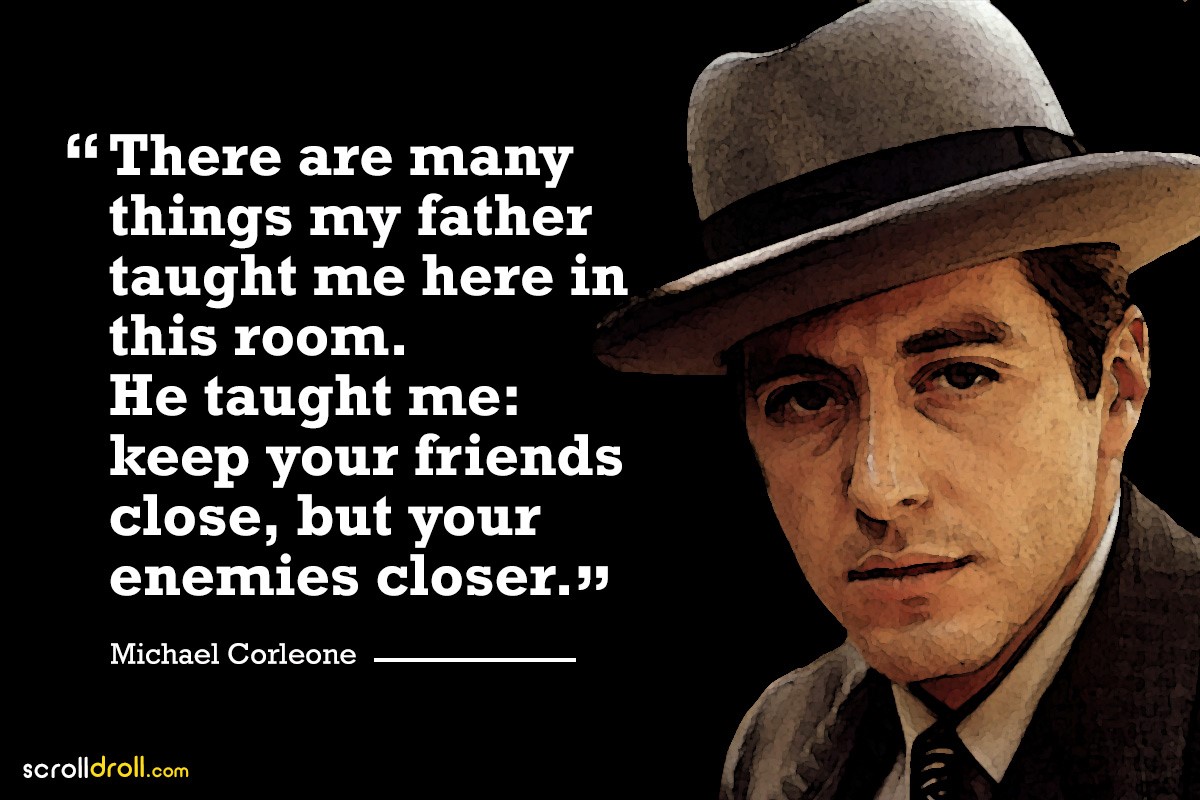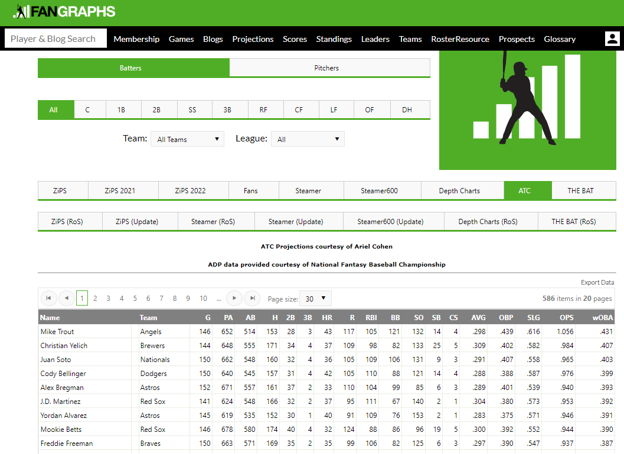Tout Wars Head to Head Points League – 2020 Recap – Part II
The following is the second part of my 2020 Tout Wars Head-to-Head Points League recap. You can read Part I of my recap here.
For the second straight year, I had the honor and privilege of participating in one of the most prestigious fantasy baseball industry leagues – Tout Wars (toutwars.com). This was my very first live Tout Wars auction. Due to the COVID-19 outbreak, we drafted online on the Sunday of March 15, 2020.
In Part I of my recap, I discussed the league rules, some of the homework that I had done on last year’s auction results, and how I obtained my auction values. I also talked about some of my other adjustments made due to the postponing of the MLB season.
Part II of my recap will be different than the typical recap article you tend to see. It will certainly differ from my usual writing style.
In today’s article, I will go through some of the intel that I had gathered on my opponents. I will dictate to you what I was looking for from the other touts and how I picked up on particular strategies during the auction. I will talk about what went right for me at the auction table and what went wrong. Finally, I will give a brief overview on my player selections.
The Touts

Well, I’m not sure that I would call members of the Tout Wars Head-to-Head Points my enemies. However, they most certainly were my opponents … at least for that Sunday afternoon in March. The quote above has appeared in folklore from many cultures, and of course, was one of the great lines of the movie “The Godfather.”
Fantasy baseball is largely about the numbers. If you often read my articles, you likely already know the importance that I place on projections and valuation.
Almost as important … perhaps even more important … is knowing your opponents. It is an advantage to be aware of the types of players that they bid on, how high they press bids, whether they nominate players they want to buy, the typical construct of their fantasy squads, etc.

